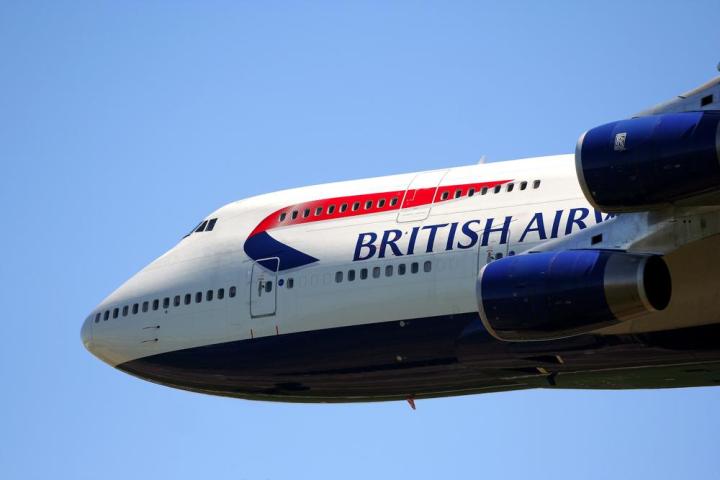
No, it’s not the mile-high club. But the friendly skies just got a little more fun.
On Thursday, British Airway’s parent company, International Airlines Group (IAG), reached an agreement with in-flight broadband service provider Gogo that allows a number of flights to use a technology known as “2Ku.” This next-generation Internet service promises speeds of up to 70Mbps, a far cry from the current shoddy service that frequent fliers suffer through while in the air. But most exciting of all, 2Ku will allow travelers to use services like Skype, FaceTime, and Netflix, all from their plane seats.
British Airways hopes to have the system installed in its early adoption planes by 2017, rolling them out to the rest of the fleet by 2019. “This state of the art technology will provide greater bandwidth, faster speed, and broader coverage to our airlines’ customers,” said Willie Walsh, IAG’s chief executive. “Global connectivity is something they demand and we are providing high quality connections with innovative technology solutions to improve the travel experience.”
Along with British Airways, Iberia and Aer Lingus will also be outfitted with 2Ku in the later part of 2017, allowing even more road-weary travelers to kick back and relax with some of their favorite Web-based services. “We are delighted to bring Gogo’s industry leading 2Ku technology to three of the most iconic brands in commercial aviation,” said Michael Small, Gogo’s president and CEO. “2Ku is delivering a ground-like performance to aircraft flying around the world today.”
Not only does Gogo’s 2Ku network want to connect passengers to the Web, but the service also hopes to “transform the duty-free experience.” Through the new service, travelers will be able to order various items from their mobile devices straight to their homes, eliminating the need to lug all that tax-free haul from the plane to their doorsteps.
Ultimately, however, it’s all about getting passengers a better Internet connection. “We believe this will be the best Wi-Fi on international flights anywhere. This will be exactly as if you’re connected to Wi-Fi in your house. We’ll be able to have everybody on board using multiple devices and we’re going to get speeds that are similar to you being at home,” Walsh noted. “That’s why we wanted this. There’s nothing more frustrating than if you’re a passenger and you’re told it’s there but you’re sitting there waiting for your screen to refresh. It just becomes more irritating than not having it and some of the early technology we just felt was not something we could offer our customers and convince them that it was going to work consistently.”


